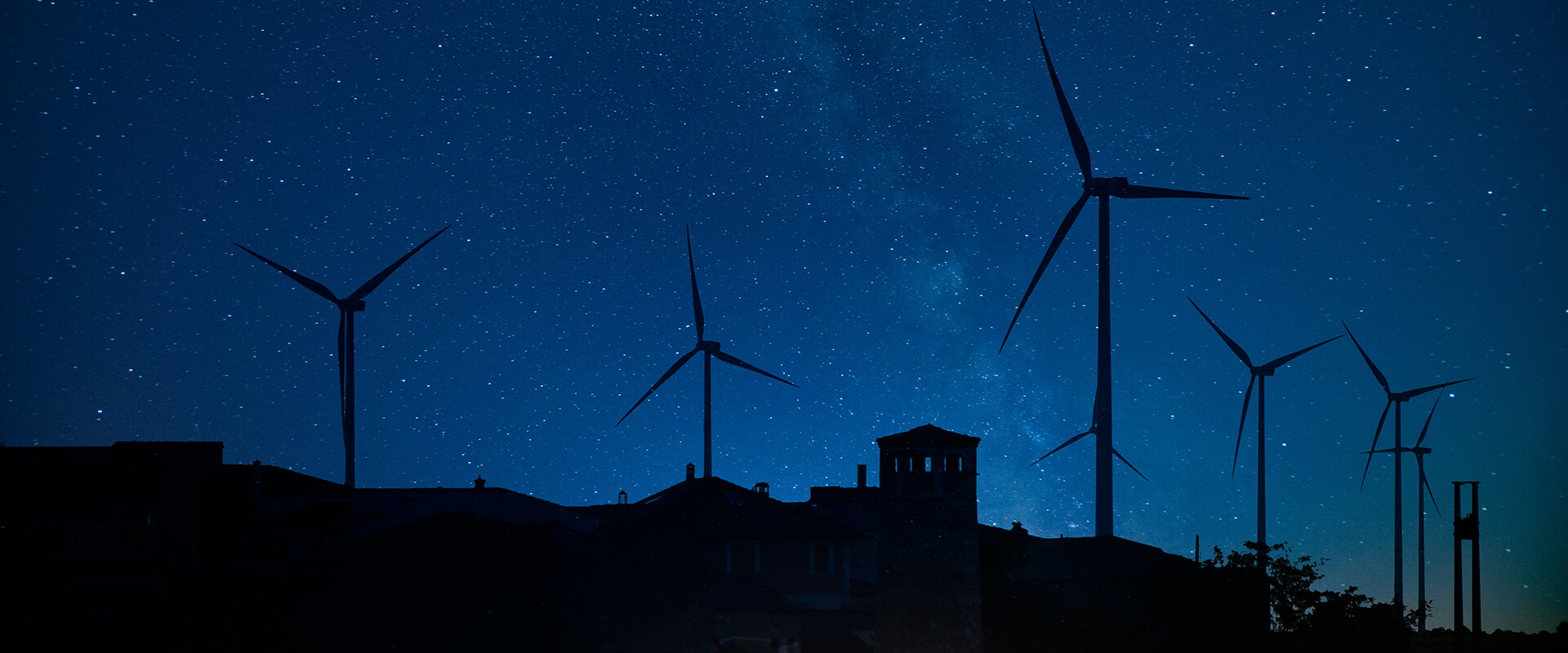Ensuring safety while everyone sleeps tight
The German wind industry is preparing for the new BNK (Bedarfsgesteuerte Nachtkennzeichnung) regulation. This regulation aims to ensure safety for air traffic in the proximity of wind farms at night, reducing light pollution at the same time. What does this mean for the aeronautical obstruction lighting systems on top of the wind turbines?
The renewable wind energy market has been growing and evolving rapidly, thereby positively contributing to the energy transition and reducing CO2 emissions. Wind turbines are marked with obstruction lights for passing air traffic, making sure the obstacle is visible to pilots and safety is ensured. However, with increasing numbers of wind farms and larger wind turbines some local residents encounter nuisance at night caused by the obstruction marking safety lights. This effect is commonly referred to as “light pollution”.
The BNK regulation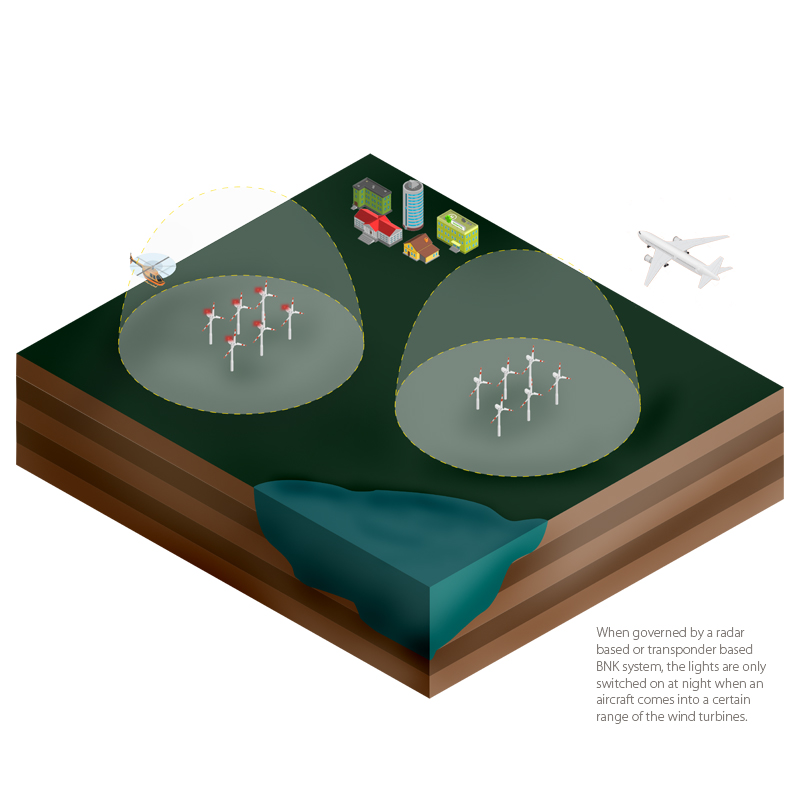
Reducing light pollution and energy consumption by:
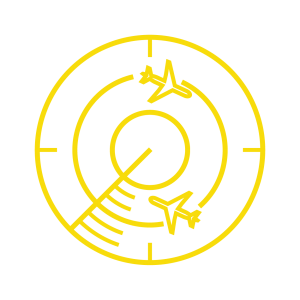
Operating on demand
With the introduction of BNK, the lights will only turn on at night when a BNK system detects an aircraft that is within a certain range of the wind farm.
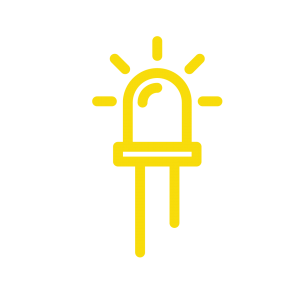
LED technology
We introduced the use of state of the art, smart LED technology which reduces the power consumption of the light.
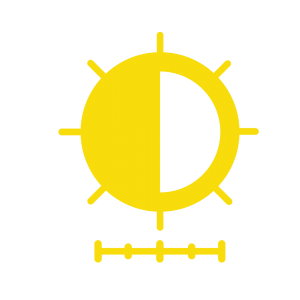
Adapting light intensity
The intensity of the light is set to the minimum possible by adapting the brightness of the light to local weather conditions.
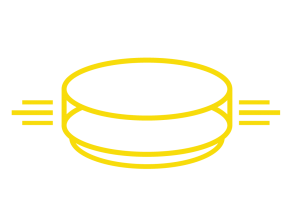
Accurate light beam
Smart high definition optics in Orga’s lights ensure that the light beam is as accurate as possible, so that it meets the regulations visibility requirements, with minimum light pollution in the surrounding area.
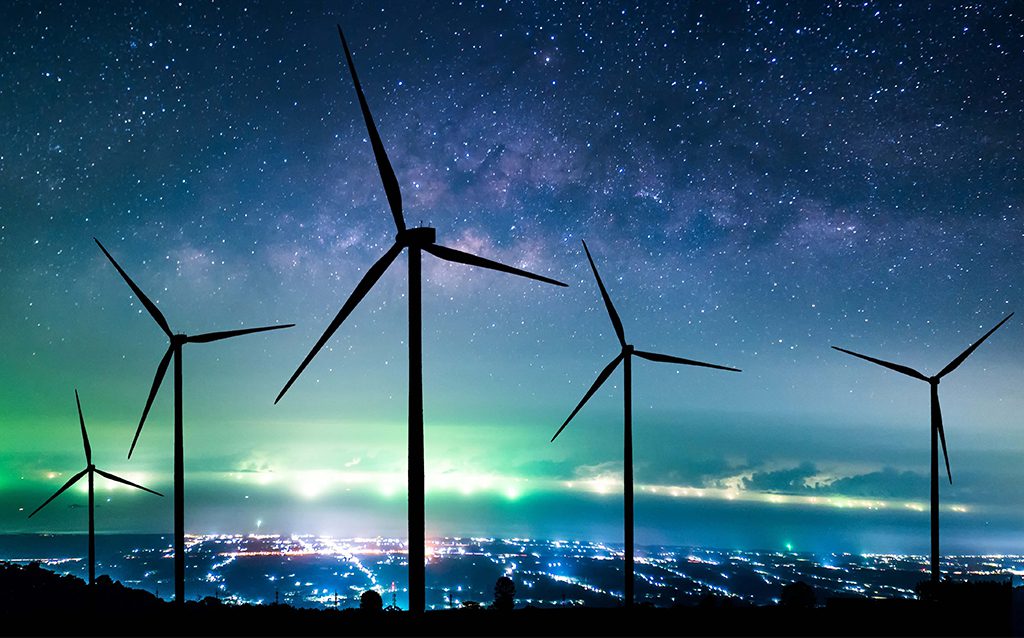
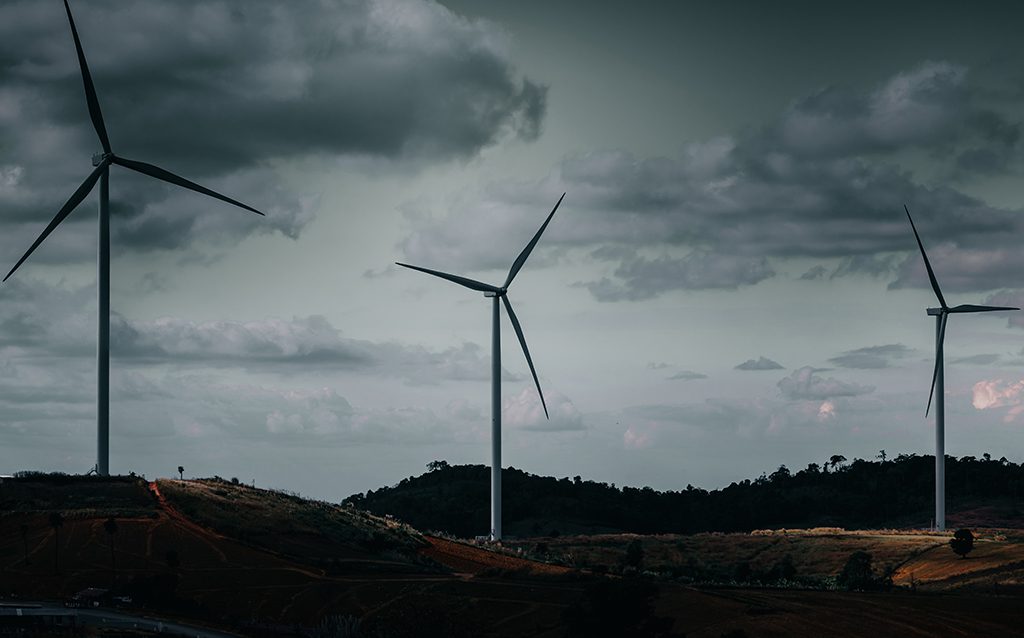
The challenge: how can we mark wind farms safely and reduce light pollution at the same time?
Since the very beginnings of the renewable wind energy market, Orga has been at the forefront of developing and delivering smart and reliable aeronautical obstruction lighting systems complying with AVV regulations. By continuously innovating we have already significantly reduced the light pollution, whilst at the same time also reducing the energy consumption of the lights by about 90%, by developing the light beam, light intensity and LED technology.
A step-change: reducing light pollution by about 95%
The German government recently introduced new legislation (known as AVV, Anhang 6 for BNK) making BNK systems mandatory for existing and new wind farms, with the intention of ensuring the adoption of technologies that further reduce light pollution. BNK systems combine the obstruction lighting with a system that detects when an aircraft is within a certain range of the wind farm, and turning the lights on at that time.
The BNK detection system uses a “fail safe” design incorporating a radar or a transponder based plane detection system. According to leading BNK system suppliers the use of these systems will result in the lights only operating for approximately 5% of the time, compared to the current requirements to have the lights on all of the time.
Orga has over 15 years of experience in connecting our obstruction lighting systems to BNK systems. The majority of Orga’s installed obstruction lighting systems are already compatible with either radar or transponder-based systems or can easily be made compatible, ensuring full compliance with the new BNK regulation. Check our reference projects to read more about our BNK experience.
Reuβenköge project Oldenbroker Feld project